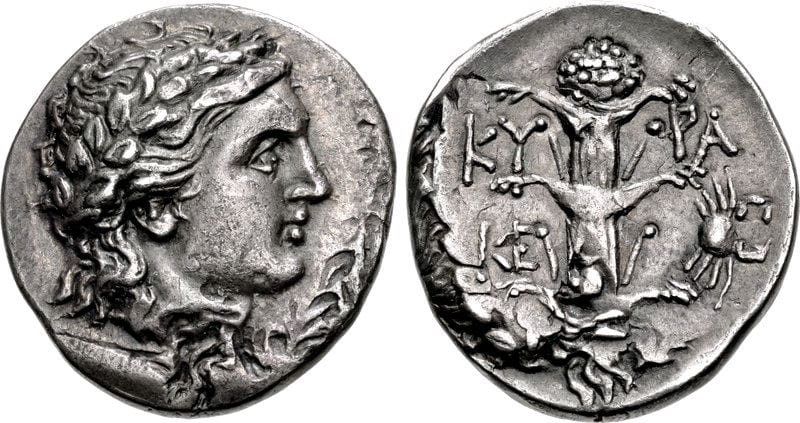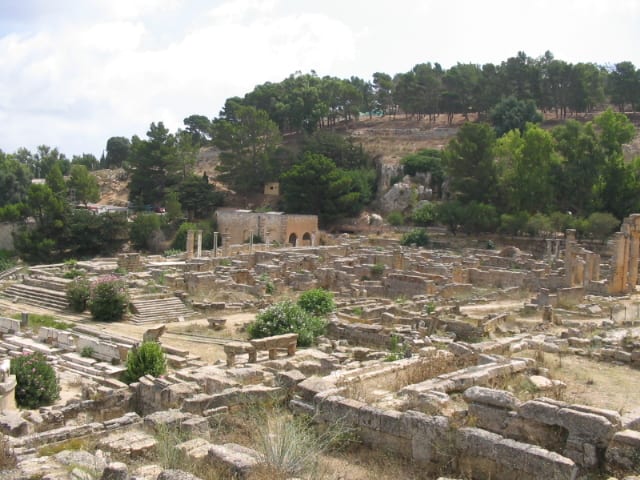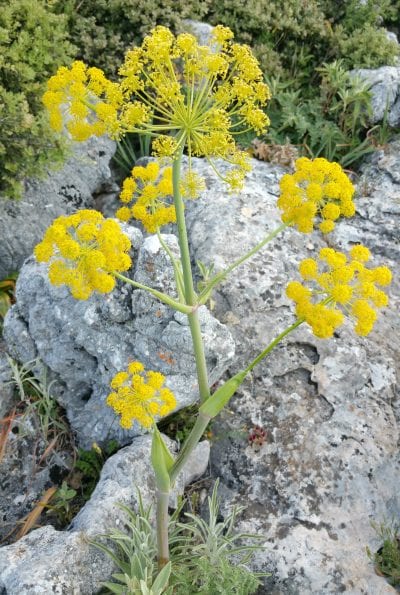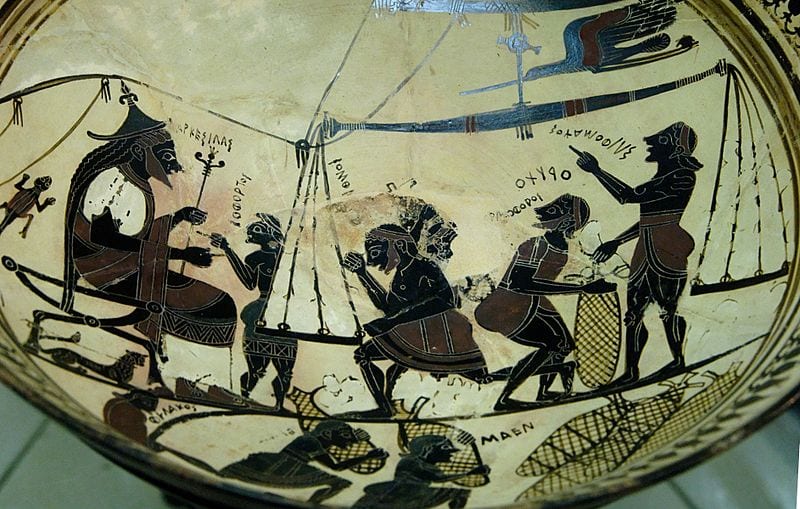
Both sides of a Cirena coin on which the medicinal plant silfio was engraved. // Image - Wikimedia / CNG Coins
It was highly valued in antiquity; in fact, it became so important that the ancient Greek city Cyrene (what is now Libya) quickly grew rich to the point that it was one of the richest in the entire Mediterranean region. Your name? Silfio.
But nobody knows what it is. It is certain that it existed since the Greeks mentioned it a lot in their books, and even left it engraved on their coins. Therefore, experts believe that it is found somewhere, and they do not stop looking for it.
What is the habitat of the sylph?

Remains of the city of Cyrene. // Image - Wikimedia / giannip46
When you start looking for a plant whose characteristics are only known from ancient books and texts, the first thing you have to do is, precisely, read those texts. Thus, experts have discovered that Herodotus, who was a Greek historian and geographer who lived between 484 and 425 BC. C., made reference to the habitat of this enigmatic plant in his book Historia IV.169.
In it it said that grew from the island of Plataea (Greece), to the entrance of the Sirte which is a city that is located in the Libyan desert. This tells us that the silfio is a plant that is perfectly adapted to both the Mediterranean climate, with very weak frosts, rather scarce rainfall and very high temperatures, especially in summer that can reach 45ºC.
How is it (or was it)?

tingita splint, the plant that could be the sylph. // Image - Wikimedia / Ruben0568
I would love to be able to give clear answers to that question, but the truth is that not even those who are looking for it are well aware of its characteristics. What's more, there are many who believe that it is extinct. However, Pliny the Elder gave some clue - whether true or false - we do not know how to recognize it: apparently, after eating it, sheep fall asleep immediately, and goats sneeze.
The reality is by the middle of the XNUMXst century AD. C. it was already very difficult to find it, surely due to the overexploitation that they gave in Cirenaica (before Cirene), a city-province that happened to be of the Romans in 74 a. C.
Even so, there are theories that say that the sylph it was a natural hybrid, which means that, when you try to sow their seeds, sometimes they do not germinate because their multiplication is not sexual, but asexual, in this case, spreading their roots, which are said to be numerous and thick.
Its leaves, according to Theophrastus, were similar to those of the Assafoetida ferula, which grows in Syria and on the slopes of Parnassus. Experts believe that, if so, it could be that the sylphium was the tingita splint, which is a natural species from Libya.
When did it start to be used?

Some authors think that this painting of a vessel found in Vulci (Italy) shows how the sylphium was prepared. // Image - Wikimedia / Marie-Lan Nguyen
The medicinal plant we are talking about It has been used since prehistory and very soon the whole Mediterranean learned about it and its benefits. So much so that both the Egyptians and the Minoans created a symbol or glyph that referred to the sylph. In ancient Rome it was called laserpicio, because its sap had a very pleasant flavor and its aroma was, they say, delicious.
It had multiple uses: it could well serve as a perfume, as a medicinal, an aphrodisiac and even as a condiment. It is not surprising, then, that it was considered as valuable as gold or silver by the Romans.
And how?
As far as we know, of this plant the stems were consumed after roasting or boiling them, the fresh roots soaked in vinegar, and the grated flowers. As a medicinal it used to be prescribed for almost all ills, although Pliny the Elder was more specific and said that it was effective against hemorrhoids, bites and wounds. It is also believed to be the first effective contraceptive in history.
It is difficult to find a plant about which, really, very little is known, but we hope and trust that one day it will be known if it is still alive or not. Because ... who knows, maybe it is true that it is still growing in Libya.
I think I have seen it along the Spanish Mediterranean coast, and I have always believed that it was poisonous. What is sure exists or a very similar
Hi miguel.
Yes, there are some very similar herbs in that region. But whether or not they are the true silphium, only botanists can tell.
A greeting.